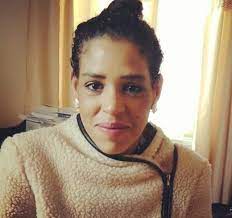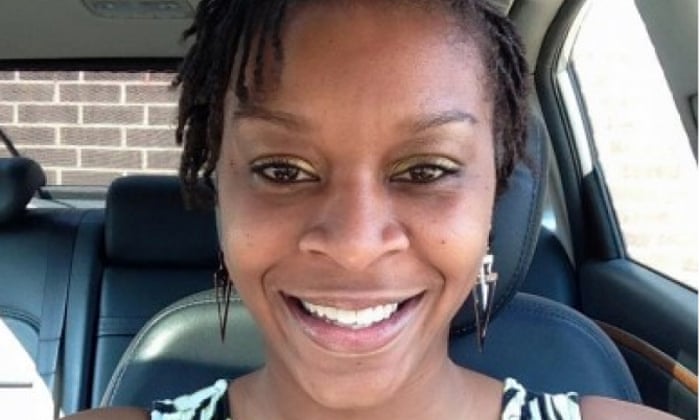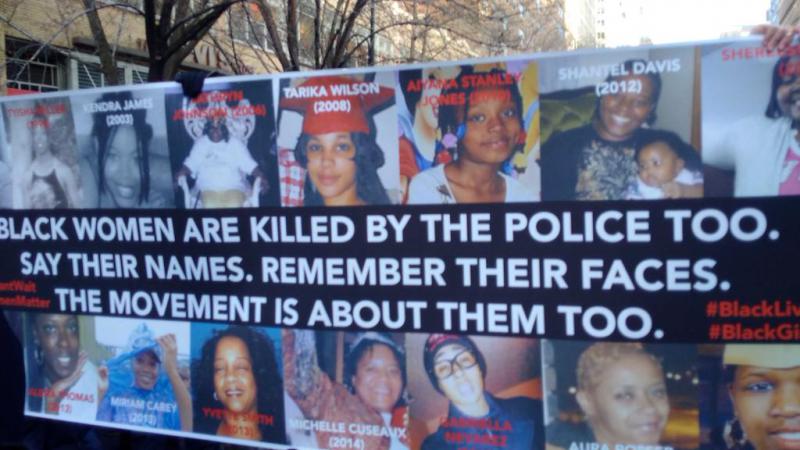
Sarah Reed
On January 11, Sarah Reed, 32 years old, Black, living with mental health issues and drug addiction, the victim of a famous police brutality case, was “found dead” in her cell at Holloway Prison, north of London. Her death went relatively unreported for almost a month, until the family managed to contact Black activist, Lee Jasper, and so now the reports of “failings” begin. There was no failure. The State got what it wanted: Sarah Reed is dead.
In 2012, Sarah Reed was viciously attacked by a Metropolitan Police officer. The attack was caught on camera, and, in 2014, the officer was dismissed from the force.
In October 2014, Sarah Reed was in a mental health hospital when she allegedly attacked someone. Her family says she wrote to them saying she had acted in self-defense. On January 4, Sarah Reed was shipped over to Holloway Prison, to await trial. While there, according to her family, she received no mental health treatment.
Prison authorities have claimed that Sarah Reed “strangled herself” while in her bed. Her family doubts that narrative. Further, they say they were called to the prison to identify Sarah Reed and then were prevented from seeing her body and were treated “in a hostile and aggressive manner.”
None of this is new, and none of it is surprising. Holloway Prison, the largest women’s prison in western Europe, is slated to be closed, precisely because it is unfit for human habitation. As outgoing Chief Inspector of Prisons, Nick Hardwick, noted, “Holloway has a fearsome reputation.” When Holloway’s imminent closure was announced, some hoped that the closure would begin a “prison revolution”, but they had forgotten that Holloway had already undergone its revolution. From 1971 to 1985, it had been “completely rebuilt”, and yet it remained a fearsome, loathsome place.
That’s where the State sent Sarah Reed. There was no failure. The State wanted Sarah Reed dead, and Sarah Reed is dead. What happened to Sarah Reed happened to Sandra Bland happened to Natasha McKenna happened to Kindra Chapman happens. Rebuilding the prison never ends, or even diminishes, State torture of Black women. Shut it down.
(Photo Credit: Lee Jasper / Vice)

